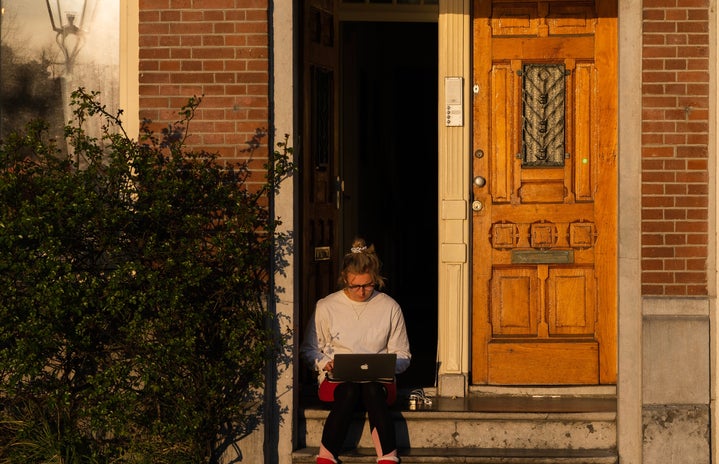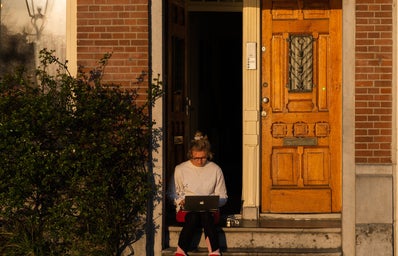The current housing crisis has recently become the key topic of discussion at St Andrews, despite the semester having started on September 12. To summarise, just 4 weeks ago (3 August), 350 students told C.A.S.H. (Campaign for Affordable Student Housing) that they had no place to live at the start of the semester.
Students have been advised to look for accommodation elsewhere, including Dundee, Guardbridge, Leuchars, and other local areas. Given the immediate crisis, this advice seems like the only way forward. However, for students and local residents alike, this is not a viable long-term solution.
First, the crisis deeply affects students of the University of St Andrews. When applying to the university, many do so to study and live within the town of St Andrews. Furthermore, living outside of the so-called bubble has been considered to have a negative effect on students, both socially and academically. A poll was created by C.A.S.H. on 1 March 2022 to survey students living in Dundee, including those in university-managed accommodation. 80% of students surveyed said that living in Dundee had negatively impacted their mental health. 100% of those surveyed responded that living in Dundee had negatively impacted their studies. Research carried out so far has, therefore, shown that living out of St Andrews is not an ideal solution for students.
The University of St Andrews has built The Old Mill Student Residences, although it is likely that the accommodation will not be sufficient for the high numbers still searching for a place to stay. The University has also promised certain support to those living in Dundee, such as community initiatives and reimbursed travel for those not entitled to free bus passes. This makes Dundee a more appealing option, albeit still the second choice.
However, the effects of the housing crisis go beyond the St Andrews students themselves. The crisis will also affect those studying at Dundee University, with rent prices having risen in Dundee by 24.7% since March 2020. Prices are going up and housing is running short as students from both universities scramble to find a place to live.
The problem extends further than Dundee. As mentioned, students have been advised to look further afield. In an email sent out to students, the President of the Students’ Association recommended ‘as a personal point,’ searching for ‘properties that might become available in places such as Guardbridge, Leuchars, Strathkinness and Cupar’.
These places will see a rise in student numbers. The solution is not only personally problematic for students who would prefer to be closer to town, but it will also affect local residents who might not be satisfied with these developments.
While local residents of St Andrews are accustomed to the student population, with over 9,000 students within the town of 17,000 permanent residents, residents of towns such as Guardbridge or Cupar did not expect this significant change in the population demographic. In addition to increasing property prices in these areas, residents may also become discontent with the various consequences of the higher volume of students, such as higher noise levels and busier public transport.
The housing crisis will also affect University staff. In the information guide provided for international staff, the university recommends places like Cupar, or Dundee, and East Neuk Villages, such as Crail. Many members of staff live in these areas due to lower costs, as well as, possibly, creating a separation between the personal and the professional. With many more students renting in these areas as a result of the housing crisis, this line will become harder for the staff to draw.
As such, while the crisis directly affects students, the University also needs to consider the wider repercussions in Fife, so that an alternative and a more sustainable, long-term solution can be planned.


